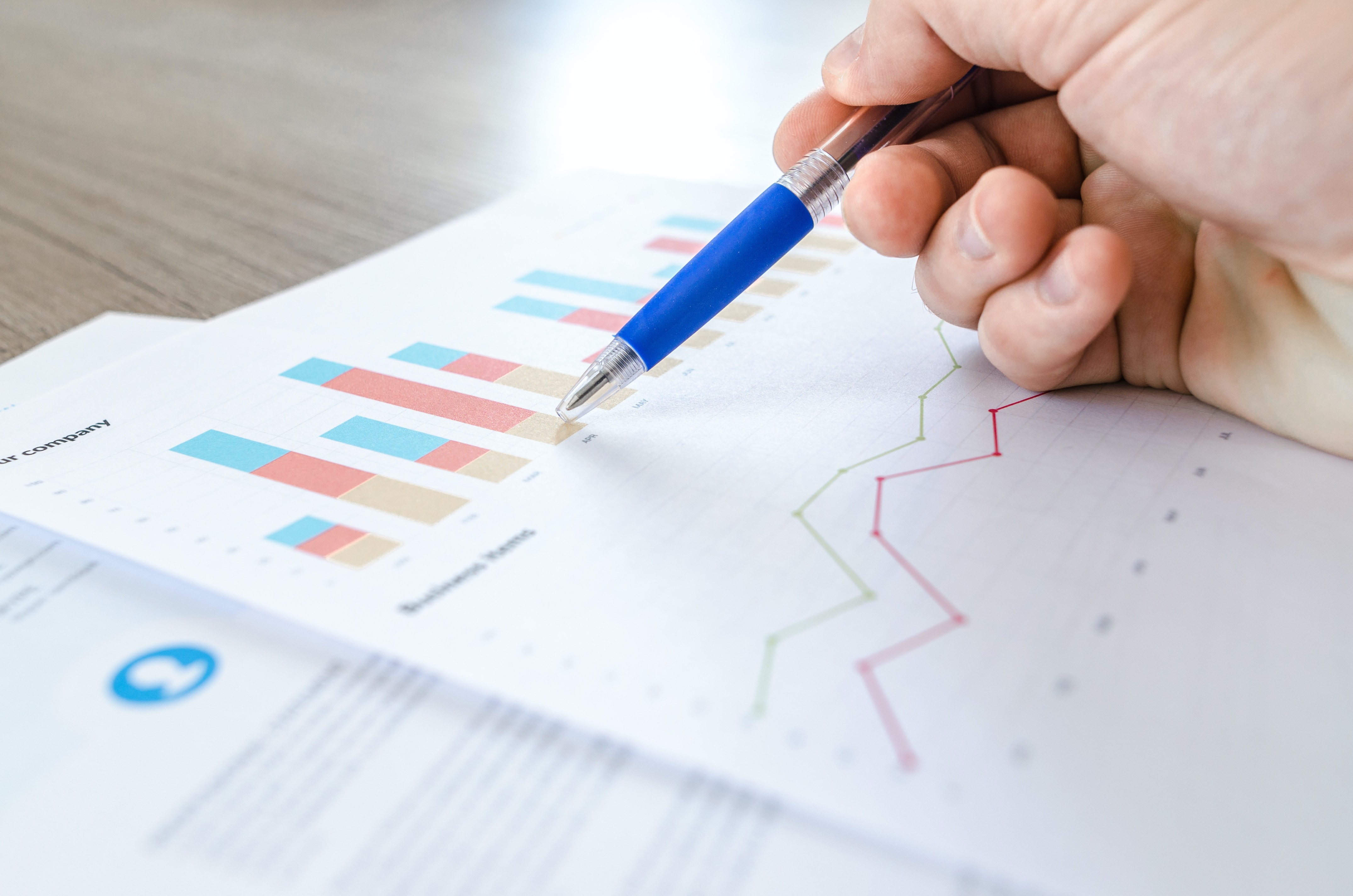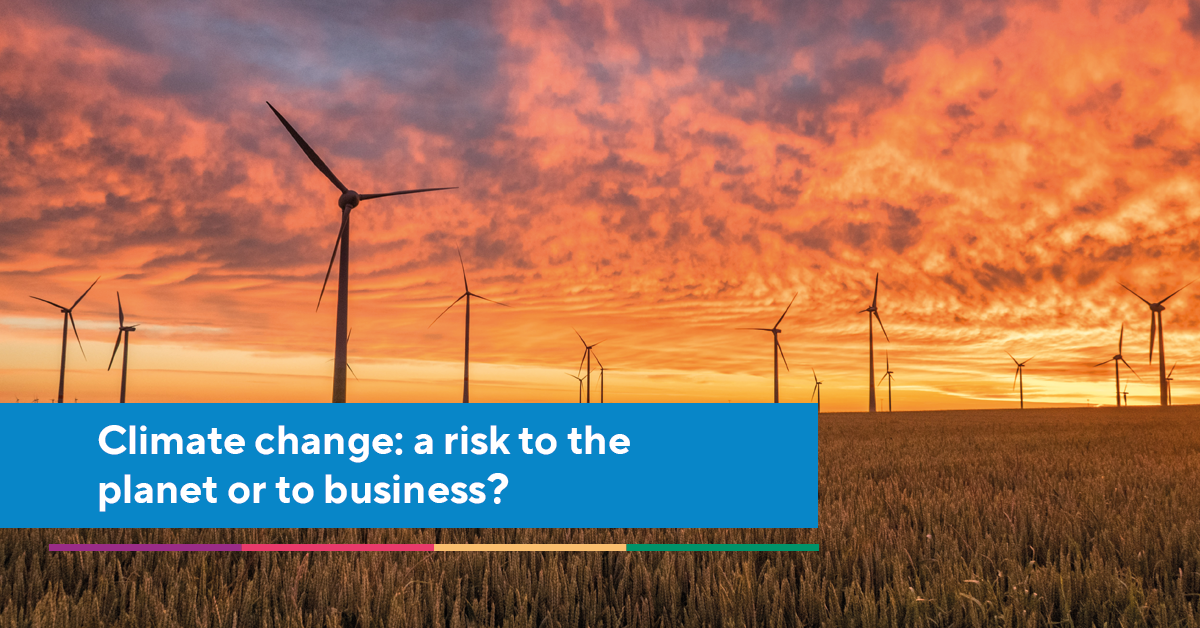Across the globe, governments are increasing the regulatory requirement to report on greenhouse gas emissions. For example, in the UK it is already a legal requirement for quoted companies to report on energy use, GHG emissions, and at least one emissions intensity metric for the current and previous financial years. This extends as far as including a narrative description of the measures being taken to improve the businesses' energy efficiency.
Even if you are not a publicly quoted company, you may have your own goals and growing pressures from other stakeholder groups such as customers and investors. For those serving the consumer packaged goods (CPG) industry, there is also a growing awareness of the huge role that indirect emissions play. Businesses are increasingly being asked to quantify and address the emissions of their entire value chain. This means that reporting on both your direct energy usage and your indirect energy usage has never been more important.
Reporting on indirect emissions is often the biggest challenge for businesses - but why? Why is measuring and reporting on indirect energy use (also known as Scope 3), such a headache? It is mainly due to the fact many companies have limited visibility and influence over their suppliers’ operations. The temptation can be to redirect your focus onto the much more manageable direct emissions. But this comfort zone only provides an illusion of accountability. You cannot ignore the elephant in the room forever, especially those businesses who want to champion their ’green‘ credentials. You expose yourself to the very real risk of being caught and publicly denounced for greenwashing.
One concern for those seeking to balance financial sustainability with environmental sustainability can also be a fear of the costs involved. For example, introducing complicated technology such as blockchain or supply chain mapping would require an increase in headcount to support them. And it is true; costs could spiral if you are unaware of the different ways you can collect data and do not have the experience to evaluate one approach versus another.
As is true with a lot of sustainability-related issues and projects, the most important thing is to just get started. However, you do not want to waste precious time and resource just for the sake of getting started - you need your initial efforts to yield information from suppliers immediately. This is why I believe that the best foundation for any plan to reduce supply chain emissions starts with understanding where suppliers are in their own journey. This can be simple as a five question survey to assess supplier capabilities and capacity. Whilst it does not seem much, suppliers will immediately understand what you are trying to achieve and thereby increase buy-in and alignment to your goal. Plus, you know where to best invest your limited time, energy, and resource into make the biggest impact.
You will see which suppliers are ready to share actual emissions data with you for your reporting, whilst identifying those who may need additional education and support. You are then able to set the most appropriate and realistic goals, request data, and support suppliers in their journey to reduce their own environmental impact.
Everyone wins.
I am personally already a fan of this methodology, as it was deployed during my time at Boots to ensure we achieved compliance with the EU REACH legislation, whilst keeping all of the 2000 products on our shelves. It was this positive experience with Supply Pilot that compelled me to join their advisory group and support them in their mission to help more companies like Boots become more sustainable and responsible businesses.
For those wanting to take this practical and pragmatic first step towards understanding and reducing their supply chain emissions, Supply Pilot provide full service data collections and tailored internal reporting to provide you the visibility you need of your suppliers’ operations. Most importantly, it is an exercise that can be completed in weeks, enabling you to “just get started” – and quickly.

[EXCITING NEWS] Bamboo Rose Acquires Supply Pilot
19 Oct 2023



